After rounds of global calls for debt relief for Africa due to the COVID-19 pandemic as well as the particularly vocal demand for China to take key steps as Africa’s largest single-state creditor, details regarding China’s debt relief plan have finally begun to emerge. While many questions on specific implementation plans remain elusive, the deliberations discussed below offer us a fairly decent overview of the Chinese plan.
China’s official frameworks for debt relief so far
To date, the Chinese government has made two specific commitments on debt relief. The first was the G-20 Debt Service Suspension Initiative for Poorest Countries reached by finance ministers and central bank governors on April 15. As part of this agreement, the Chinese Foreign Ministry officially recognized that G-20 countries, including China, would suspend both principal repayments and interest payments starting on May 1, 2020 until the end of 2020. The suspension is applicable to all IDA-eligible countries (76 countries) plus Angola, including 40 sub-Saharan African countries.
The second official pledge came one month later, from President Xi Jinping himself, at the virtual event opening the 73rd World Health Assembly on May 18. According to Xi, “China will provide $2 billion over two years to help with COVID-19 response and with the economic and social development in affected countries, especially developing countries.” Notably, the wording of the Chinese language version specifies that the donation will be made under the category of “international assistance,” presumably meaning that it will come from China’s foreign aid budget.
Thus, because Xi designated the $2 billion not only toward direct COVID-19 response, but also economic and social development in COVID-affected countries, China is leaving the door open for that allocation to be counted toward the debt relief itself or the cost China has to carry for such relief. Given China’s preferred approach toward bilateral social and economic development, many of these efforts will happen bilaterally. Indeed, when addressing the specific question on how China will help Africa counter COVID-19 at his May 24 press conference at China’s legislative session, Chinese Foreign Minister Wang Yi confirmed two channels through which China will pursue debt relief for African countries: the G-20 Debt Suspension Initiative and bilateral support.
The most recent statement from the Chinese government on June 7 reconfirms these frameworks. At the launch of the white paper “Fighting COVID-19: China’s Action,” the Chinese Foreign Ministry affirmed that China’s $2 billion donation covers both bilateral and multilateral venues and issues like public health, poverty alleviation, and economic recovery. Importantly, even the $50 million donation to the World Health Organization made earlier this year was included in the $2 billion count.
Are concessional loans included in the G-20 initiative?
When we consider China’s debt relief for Africa, the key question is still whether that relief will apply to concessional loans. Indeed, commercial loans will hardly be considered for relief due to their commercial nature and commercial lenders, At the same time, concessional loans have made up a significant portion, if not the majority of China’s lending to Africa in the past two decades.
A review of China’s Forum on China-Africa Cooperation (FOCAC) financial commitments confirms this belief: In China’s 2006 FOCAC financial pledges, 50 percent of the financing is concessional in nature: concessional loans ($3 billion) and concessional buyers’ credit ($2 billion). In the 2009 FOCAC financial pledges, China’s commitment of $10 billion was all in concessional loans and was 10 times larger than the Special Loan for the African Small- and Mid-Sized Enterprise. In the 2012 FOCAC financial pledges, concessional loans made up more than 50 percent of the total $20 billion committed. In 2015, the percentage of concessional loans and export buyers’ credit jointly ($35 billion) made up around 60 percent of the total $60 billion committed. Notably, the percentage of the concessional loans did drop in the 2018 FOCAC arrangement, where grants, zero-interest loans, and concessional loans jointly made up 25 percent of the $60 billion China committed.
The G-20 agreement on debt relief—in the form of a standstill, not cancellation—that China signed on to earlier this year includes all official lending to qualified countries. In addition, foreign and Chinese observers are in broad agreement that the standstill will apply to concessional loans. Notably, the G-20 agreement—again, to a standstill, not cancellation—as it currently stands is only applicable and effective for the eight months between May 1, 2020 and December 31, 2020.
Given the widespread and devastating health and economic impacts of the pandemic, Africa will likely need continued debt relief beyond December 31, 2020. Importantly, that situation will require a whole new negotiation that must take into account multiple factors, including the development/resumption of African economies and the continued health and economic impacts of COVID-19, as well as matching or similar relief efforts by multilateral creditors and private creditors, in order to achieve a comprehensive and holistic solution. What China has committed to under the G-20 framework so far does not go beyond the scope of the eight-month suspension of payment. In other words, bigger, broader, and longer-term debt relief is not yet on the table.
The question of counting/accounting
Thus, China’s G-20 commitment to principal repayment and interest payment suspension for the rest of 2020 evidently has some overlapping content with President Xi’s commitment of $2 billion for COVID-19 response and economic/social recovery of developing countries. Given China’s pattern of counting every penny spent in Africa toward the fulfillment of its every-three-year FOCAC commitment, it is highly likely that these two commitments (by the G-20 initiative and by President Xi) are not mutually exclusive.
For example, President Xi’s $2 billion pledge has a timeframe of two years, between May 2020 and May 2022. At the same time, China’s 2018 FOCAC commitment covers the period of 2019, 2020, and 2021. These two financial pledges overlap with each other by 19 months. Given China’s economic engagements and activities in Africa have been significantly affected by COVID-19, it is highly possible that China will count some of the same money toward both these purposes.
Thus, we must consider a perhaps more sobering possibility/reality: that the $2 billion pledge, with its two-year framework, could be the maximum amount China will contribute toward dealing with the global (not only African) economic consequences of COVID-19, including its losses from the principal and interest payment suspension, any future debt forgiveness, and multilateral donations such as the $50 million donated toward the WHO earlier this year. While it is possible that China could come up with additional funding, such generosity cannot be assumed given the domestic economic hardship China has been experiencing, which has been the key priority of China’s legislative sessions this year other than Hong Kong.
In brief, on China’s debt relief for Africa, the world is looking at a long process of bilateral renegotiations, debt restructuring, and refinancing instead of a rapid, blanket, and comprehensive solution. Notably, an equity-debt swap will not be a popular strategy due to external, and, most notably African, perceptions, which will inevitably exacerbate the already terrible image of China’s “debt trap” diplomacy. The debt relief will be a long game between China and Africa, one where neither side is likely to come out pleased.
The Brookings Institution is committed to quality, independence, and impact.
We are supported by a diverse array of funders. In line with our values and policies, each Brookings publication represents the sole views of its author(s).

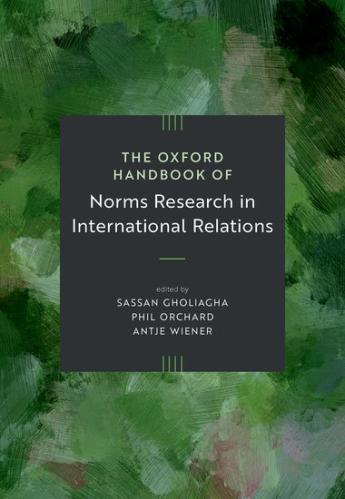
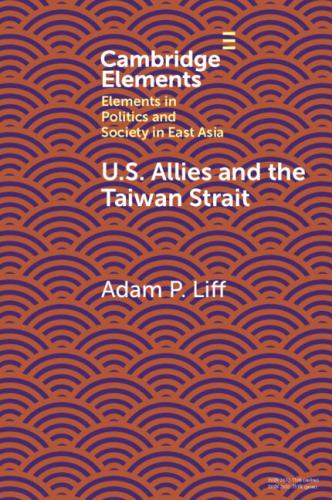
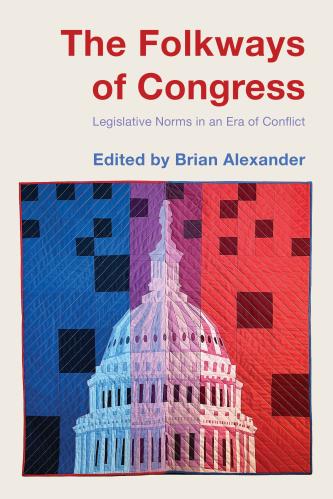
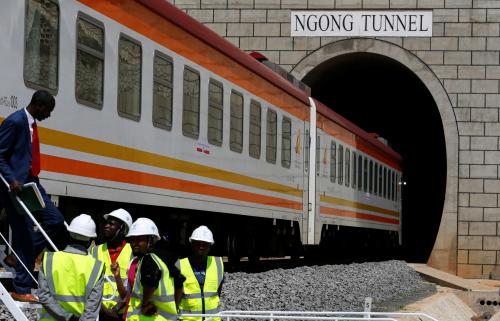
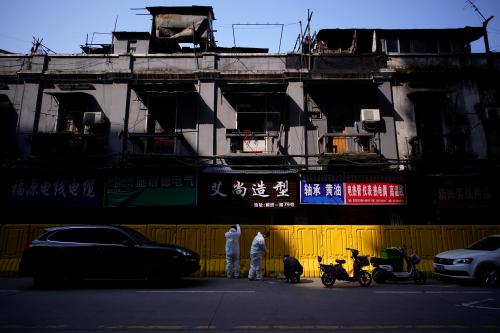
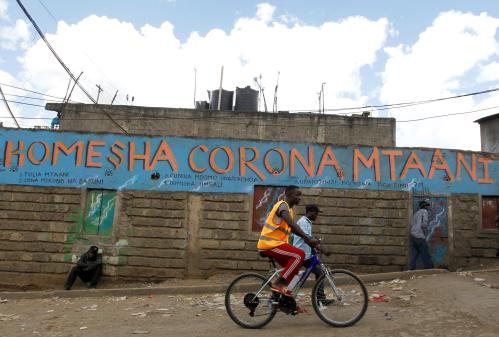


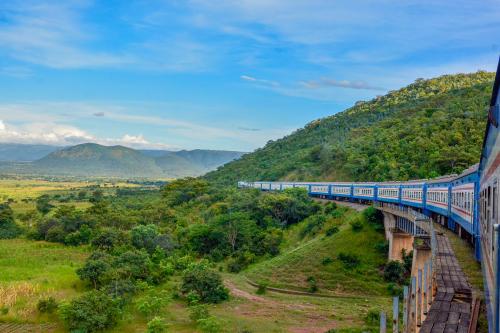

Commentary
China’s debt relief for Africa: Emerging deliberations
June 9, 2020